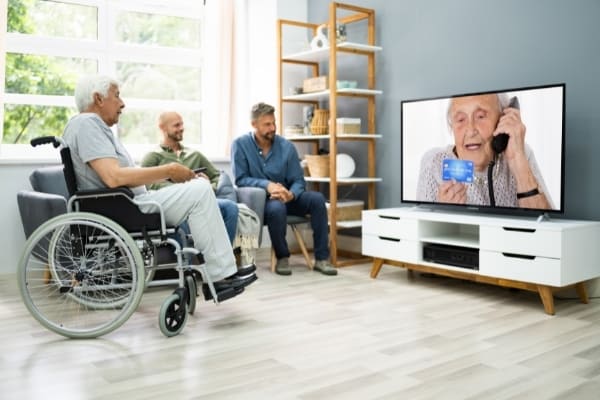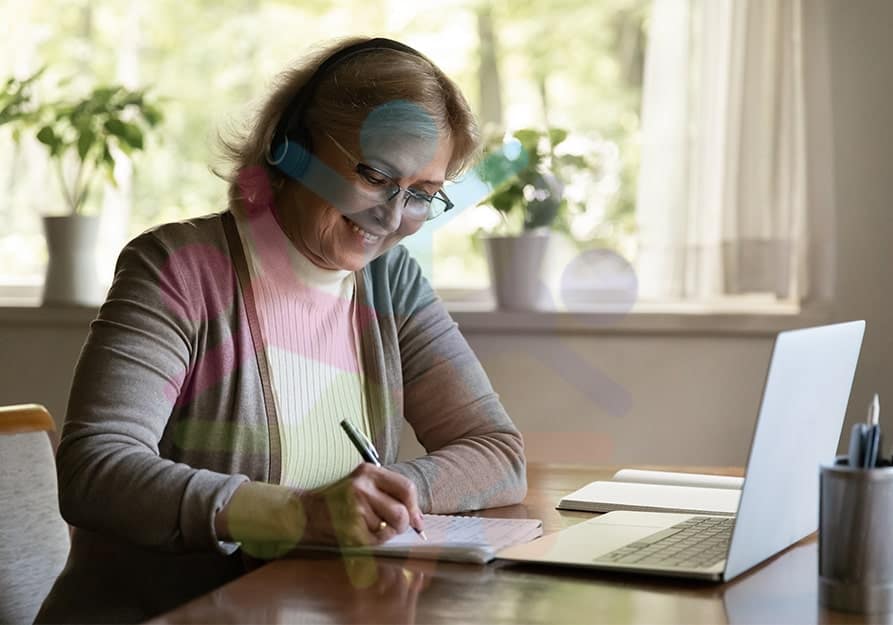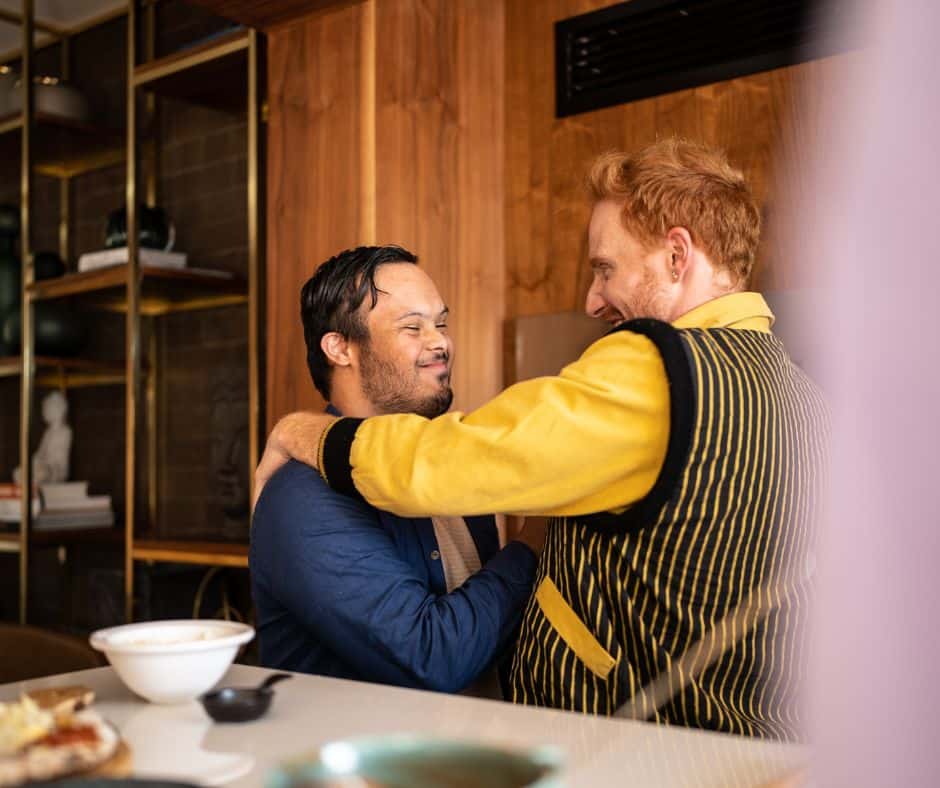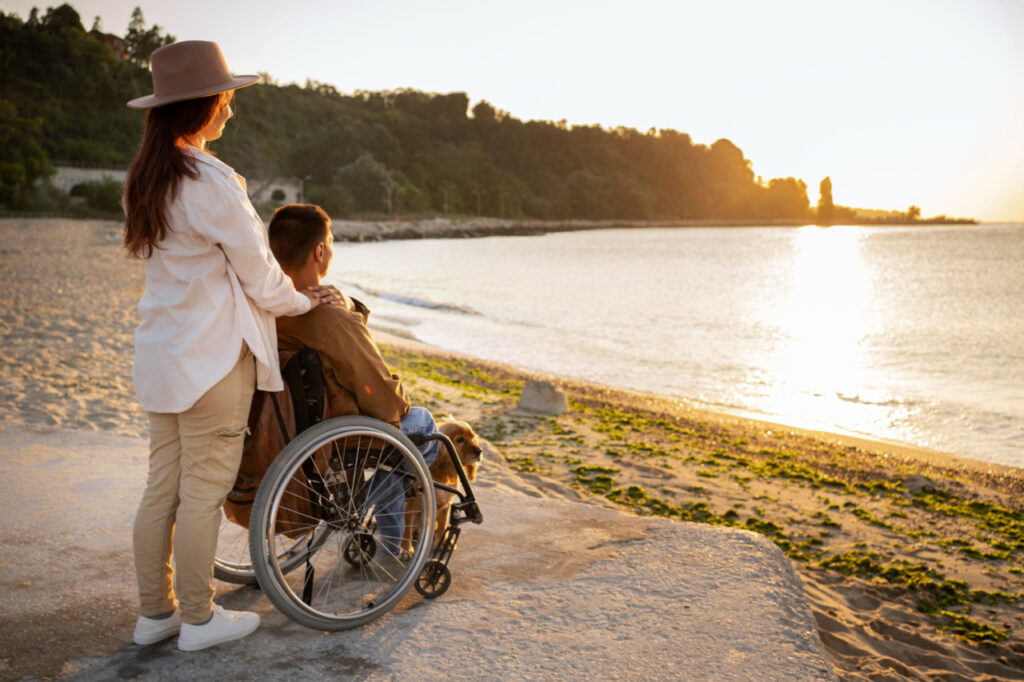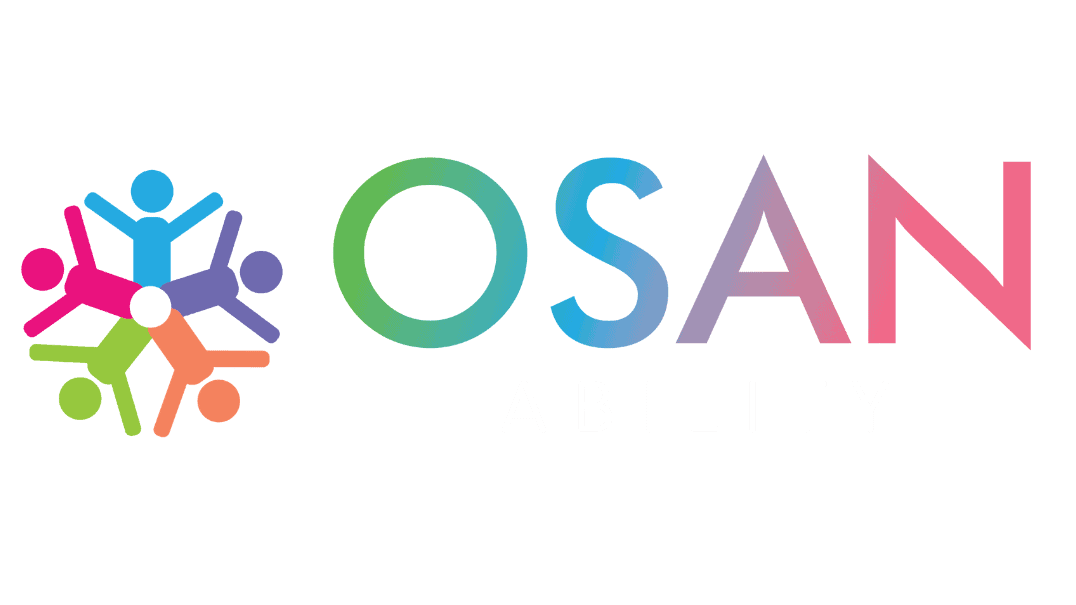Safety is a significant concern if your aging parents live independently or you’re caring for an elderly or disabled loved one at home. At first glance, the house may seem safe for them to live in, however, there are many hidden risks that some are unaware of. From slippery floors to uneven thresholds to poor lighting, not having the appropriate measures in place to reduce risk can, unfortunately, lead to falls and even worse, serious injury.
The risk of falls is one of the main contributors to the loss of mobility and independence in the elderly. In fact, about 30% of older adults (65 years and above) in Australia experience at least one fall every year. That’s roughly 1 in every three elderly adults you come across.
With the right home modifications in place, however, you can substantially reduce the risk of falls as well as improve the independence outcomes of those living with a disability. The correct home modifications can prevent falls and injuries, minimizes health problems, delays disability, and enhances an individual’s independence.
In this guide, we’ll look at what home modifications are, the types of home modifications you need for your loved one, and the benefits of each.
What is a Home Modification?
Home modifications are the changes made to a home to meet the needs of the elderly or people with disabilities. The primary goal of these alterations is to ensure that older adults or disabled individuals live independently and safely.
Home modification can range from major structural changes like installing a wheelchair ramp to minor alterations like replacing the doorknobs with pull handles. Whichever alteration you make, it should improve adaptability, accessibility, and universal design.
Let’s look at some of the home modifications and how each can benefit your aging loved one or those with a disability.
Type of Home Modifications
Home modifications, improvements, or repairs can help your aging or disabled loved ones maintain independence and prevent accidents. These modifications can be subdivided into several categories based on where each alteration is made. They include:
Bathtub, shower, and toilet modifications
When modifying your house for the elderly, occupational therapists recommend starting with the bathroom and toilet. This is because over 80% of falls involving seniors occur in the bathroom. So, what changes should you make in the bathroom?
A professional may need to come and replace the bathtub with a curbless walk-in shower, making it easy to roll in a walker or wheelchair. They may also replace the bathtub with a walk-in tub, which is much safer and easier to get in and out of. As for the shower, consider installing hand-held shower hoses that offer the convenience of use and easier full-body washing. The floor can also be covered with a non-slip coating to reduce falls in the bathroom.
Overall, the modifications in the bathroom help avoid falls and injuries and improve the ease and convenience of living in a home for seniors.
Thresholds modifications
A significant number of the seniors and the disabled used wheelchairs. And with thresholds in the house, navigation and mobility become a problem. Also, uneven flooring may increase the risk of falls for your aging or disabled loved one.
The flooring can be made even by either removing the thresholds or adding removable ramps, which will make it easy for your loved one to navigate through the house. This will also help reduce falls.
Kitchen modifications
As seniors age, it may become hard to access their kitchen appliances. This is made even more challenging if the senior depends on a wheelchair for movement.
Experts may need to come in and lower the sink and change the counter height to allow for easier access to kitchen appliances. Additionally, you can add a microwave stand in the kitchen.
Stairs modification
Even with a railing, stairs pose a substantial risk of falls for the disabled or seniors. Carpeting the stairs can also increase risk, especially if you choose the wrong material.
You can make several modifications on the stairs to reduce the risk of falls. For instance, installing stair climbers, stairlifts, grabrails, and additional handrails can make each step clear and reachable for your loved one.
Door modifications
The standard door may be problematic for the aging or disabled to use. For instance, the doorknob may be hard to twist open for the elderly, and the doorway may be too narrow for a larger wheelchair to go through.
Widening the doorways and replacing the doorknob with pull handles can help increase accessibility.
Floor modifications
The floor is another consideration when making home modifications for seniors and people living with a disability. Substantial risks are tile flooring which can become slippery and hazardous when wet. Thresholds, irregular floor types, and rugs can make walkways uneven, making it hard for seniors and the disabled to move around. Old or shaggy carpets are also a major hazard for tripping and falls.
Adding rubber backing to rugs can help prevent falls and other accidents.
Lighting
Poor lighting is very common in older houses. Unless a recent renovation has been done to your home, chances are that they have poor lighting.
Since many older adults have declined vision, poor lighting could increase trip or fall hazards within the house. Light switches may also be out of reach for the disabled or aging loved ones, especially if they’re in a wheelchair.
Installing better lights in all areas of the house can help avoid falls within the house. Also, make the light switches to be within reach of those in a wheelchair. There are also wireless switches you can install in your house where lighting can be controlled via remote control.
Get in Touch With OSAN
Whether complex or minor, modifications to a home can offer the elderly or people with a disability improvements independence outcomes, mobility, and consequently, quality of life.
If you want a home modified for your loved one, you can always trustOSAN Ability to do it for you. Our qualified occupational therapists can assess your home and prescribe equipment and modifications tailored to your specific needs. Our team of skilled and licensed tradespeople will help install this equipment and modify your loved one’s house to fit any requirement.
Get in touch with us for a home modification, we’re a phone call away.



